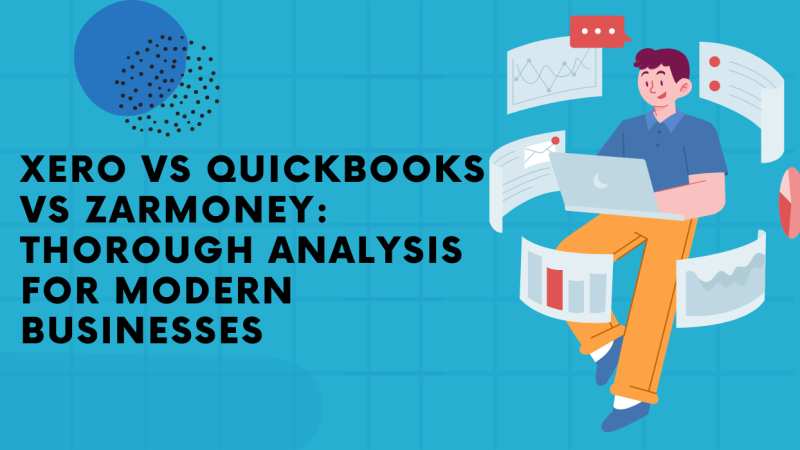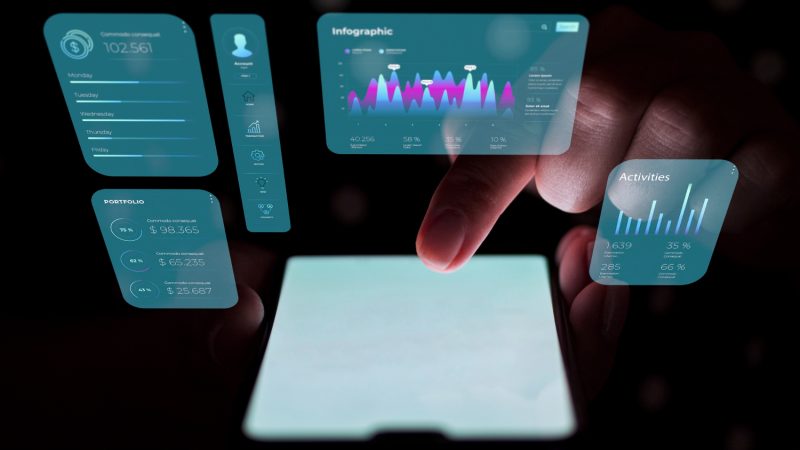5 eCommerce Conversion Rate Optimization Tactics To Grow Your Business

Did you know that, according to estimates, there will be more than 2 billion global digital buyers during the course of this year? That is a number that should convince every entrepreneur of how lucrative the eCommerce industry can be.
For those of you who already own an eCommerce business, now is a good time to think about the ways that could help you grow your organization. And you probably know that no growth can be achieved without better conversion rates.
Conversions are essential for any website, as they can help you make more money while running your business. In addition, they give entrepreneurs a better chance to sell website features later on, as every potential buyer will look into the website’s conversion rates.
Take a look below to learn more about various tactics that can help you with conversions and growth.
Why are conversion rates so important?
A conversion is a term that refers to the completion of the desired action taken by a visitor on a business’s website. This action can be filling out an online form or purchasing a product.
And a conversion rate is the ratio of visitors that convert into customers. It is usually displayed as a percentage.
Your conversion rate should be your biggest concern nowadays because people are buying online more than ever. The share of eCommerce sales out of all retail sales is rising everywhere in the world. For instance, in the UK and China, those figures stand at almost 16% at the moment. And those are the biggest eCommerce markets in the world!
So, it is obvious that businesses need great strategies and tactics to boost their performance and kick their conversions up. After all, your conversion rate and ROI are closely related, so if you want to decrease your expenses while increasing your revenue, you need to improve your conversion rates.
Tip 1: Take advantage of personalized recommendations
Almost 45% of online shoppers are more likely to buy from an eCommerce store that offers personalized recommendations. This number indicates that you absolutely need to leverage user history on your online store to come up with a personalized shopping experience and retargeting method for your customers.
This is a huge opportunity to increase the conversion rate that you shouldn’t ignore.
Product recommendations are a great eCommerce conversion rate optimizer that should find its way into your strategy. Keep an eye on data such as location, traffic sources, preferences, purchase history, and other related details that can help you find products that are on top of your visitors’ minds.
If you want a good example of a business that uses this in a perfect way, just visit Rankjacker’s website. Look for a service and go back to the homepage. You will be amazed at what you will see once you look for that product again, just below the results.
Tip 2: Don’t annoy them with your shopping cart feature

The shopping cart feature should not be too big and too attention-grabbing. Try to implement a shopping cart feature that sits at the right bottom corner that is easy to spot but not too aggressive.
Also, you need a persistent shopping cart. This means that a person can add items and then leave them only to find them in the cart again when they visit your store the next time.
You will need to have a long-term cookie established when you open up your eCommerce store. The cart needs to be seen during subsequent sessions for a certain period of time.
A lot of your rivals already have these shopping carts implemented, as they can positively impact buyers’ decisions. An even larger portion of visitors tends to save their carts for later and then take a few days to complete their purchase. That’s why you need to make sure that their carts are intact when they come back.
Tip 3: Eliminate barriers that prevent sales
A huge part of the conversion rate optimization process consists of eliminating barriers that can prevent customers from completing a purchase.
Here are some of the processes you should consider because they can help you eliminate those barriers:
- First and foremost, you should design your store’s website according to the best practices for eCommerce websites (strong CTAs, compelling visuals, responsiveness, etc.).
- Reduce the web page loading time and speed up the website.
- Simplify the navigation and the checkout process.
- Keep your messaging consistent throughout your website to ensure high levels of trust.
- Highlight sales and deals on items that are most likely to attract a lot of shoppers.
- Ensure that you place product reviews and testimonials on your website, even if there are a few negative ones (great for building trust).
Tip 4: Place your focus on the pages and channels that convert best

The biggest portion of traffic to many of today’s most successful stores comes to a small number of pages. So while the bigger portion of long-tailed pages should not be ignored, to truly increase your online sales, it’s best to focus on the pages that have the highest conversion rates.
Use tools such as Google Analytics to track your website’s traffic and gain insight into how your top pages are performing. It would also be wise to use tools that can discover new and top-performing pages on your website, as well as pages that are trending (i.e. those that have seen a massive increase in pageviews from last month).
These are the pages you should place your focus on. You should also A/B test them and prioritize your advertising efforts there.
If the portion of traffic and conversion rates for a specific page is high, consider adding a link or banner that makes it convenient to navigate the page from your homepage.
Figure out which pages are creating the majority of sales and delve deeper into the best performing marketing channels. Boost them up and you will see the results quickly.
Tip 5: Offer 360-degree product views
The main difference between physical stores and online stores is that customers can’t walk in and test (touch or see) the products that are offered. So, if you can’t find a way to show them all the important details regarding your products, you might lose a lot of customers.
It is a fact that larger product images boost conversions. But going an extra step and providing a 360-degree view of your products will make a huge difference.
Customers nowadays are extra careful when shopping online, so you should do your best to eliminate their doubts. Do that by giving them a closer real-life experience with a 360-degree view of products. This will provide them with the confidence in your items that product descriptions alone cannot provide.
Final thoughts
We hope that you have found this piece useful and that you will be able to implement some (if not all) of these tips into the next strategy that will bring you more conversions.
Remember, the number of people that are shopping online is increasing, but so is the number of online retailers that may or may not be your rivals. That’s why it is wise to do everything you can to increase your chances of success and get the edge over your competition.






